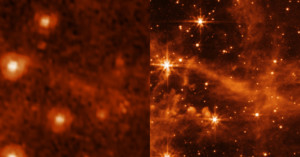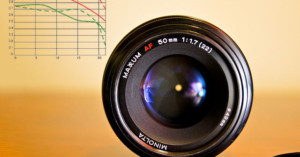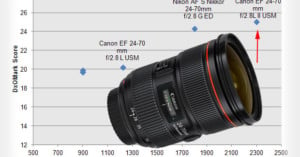
How to Fix Blurry Pictures and Take Tack Sharp Photos
Let's consider a situation. You went out for a photo shoot with your trusty camera or phone. On location, all the photos looked sharp on the small screen and when you returned to base and opened the photos on your computer you found some photos had missed focus. Worse in some photos the entire image seemed shaken and out of focus.


























